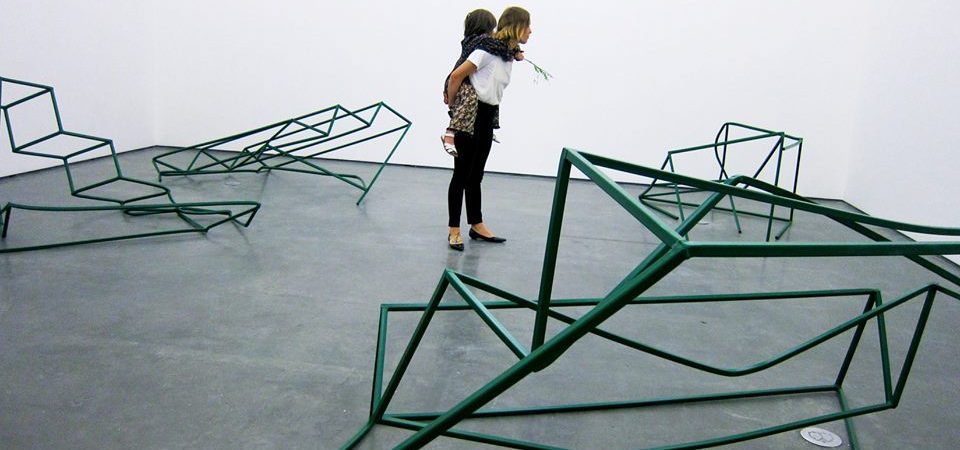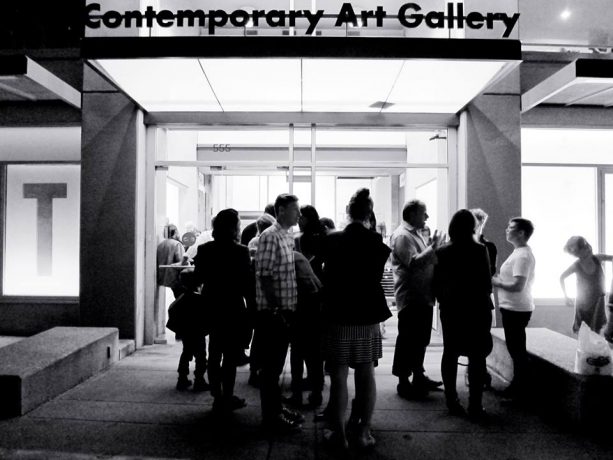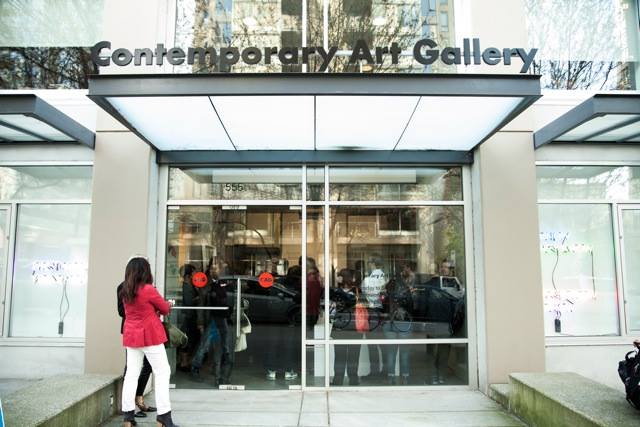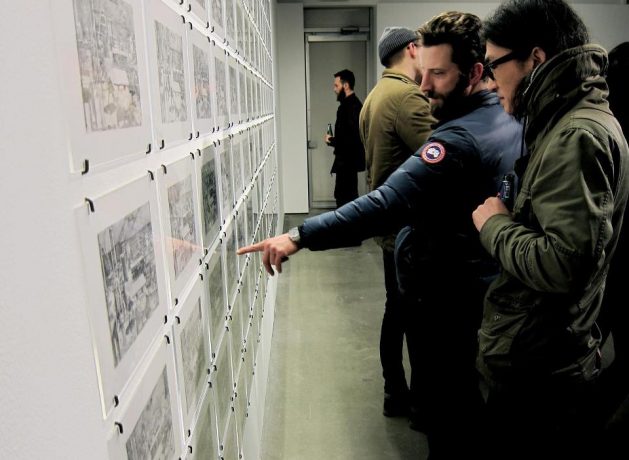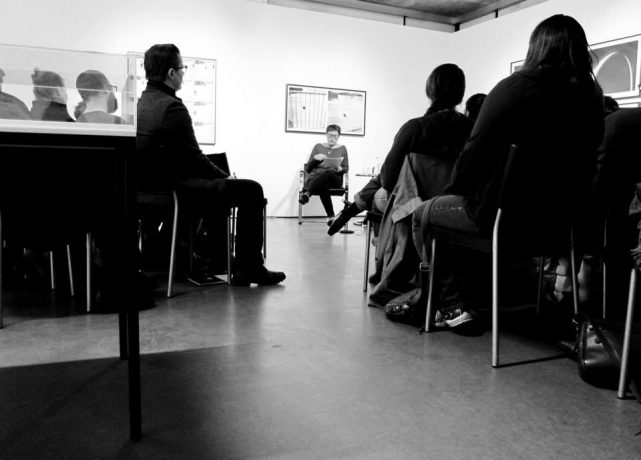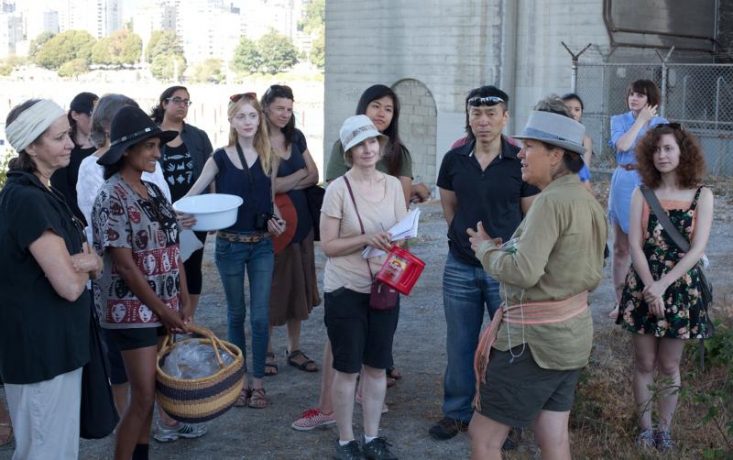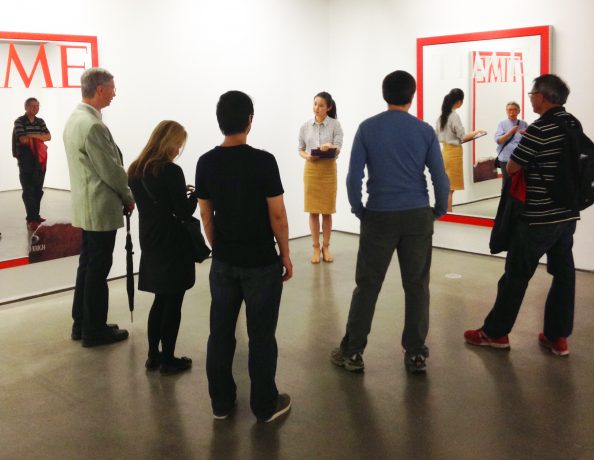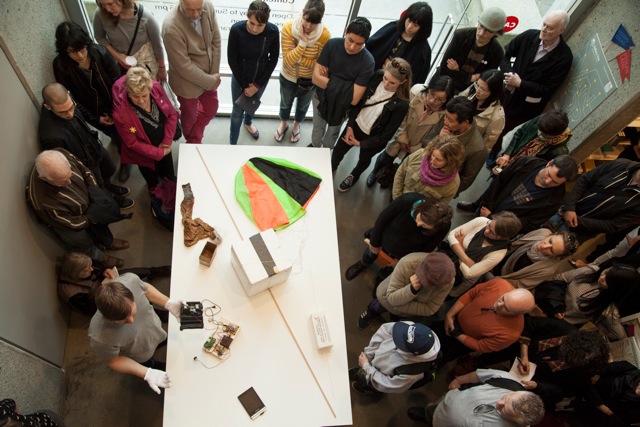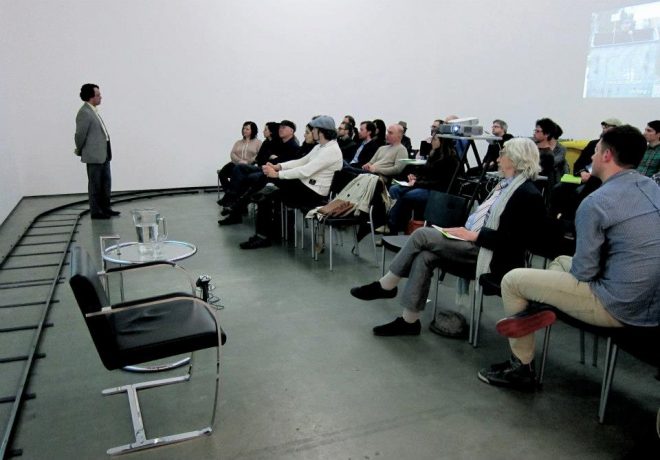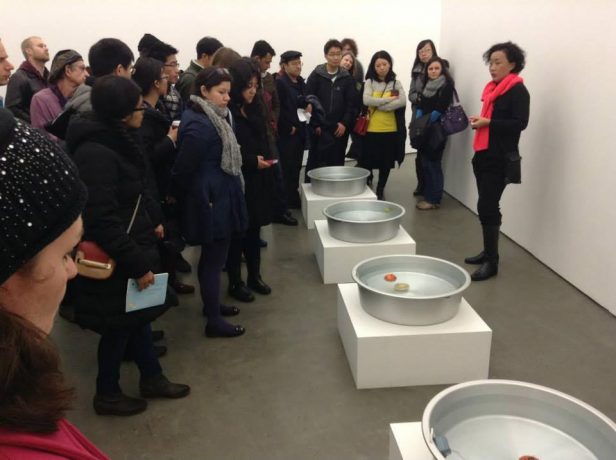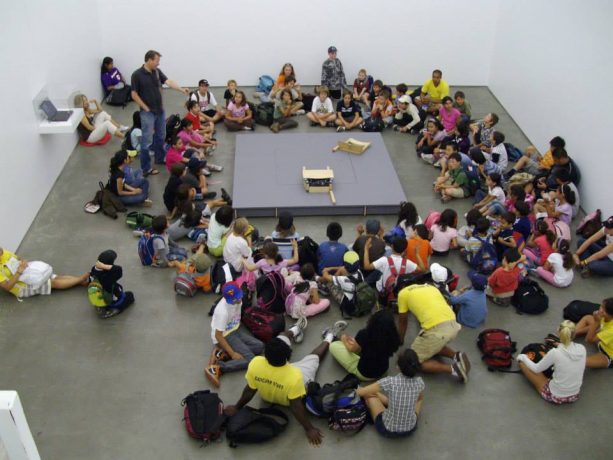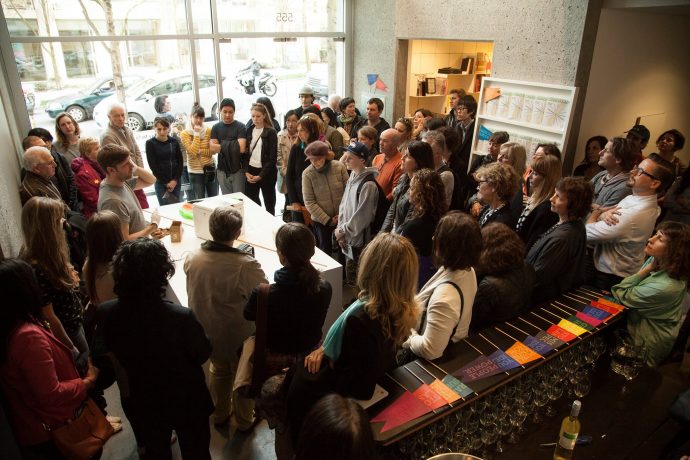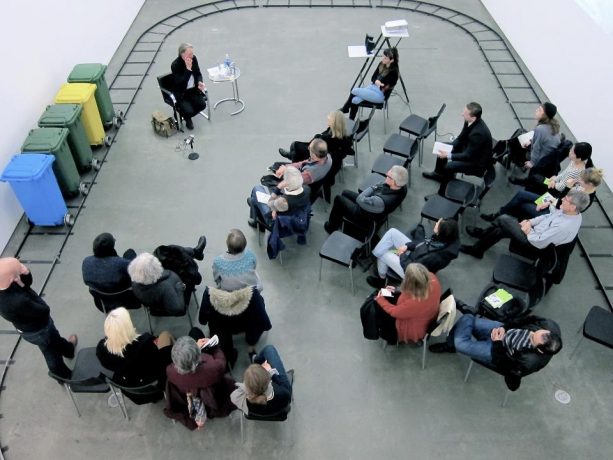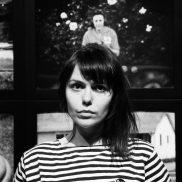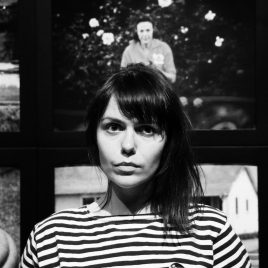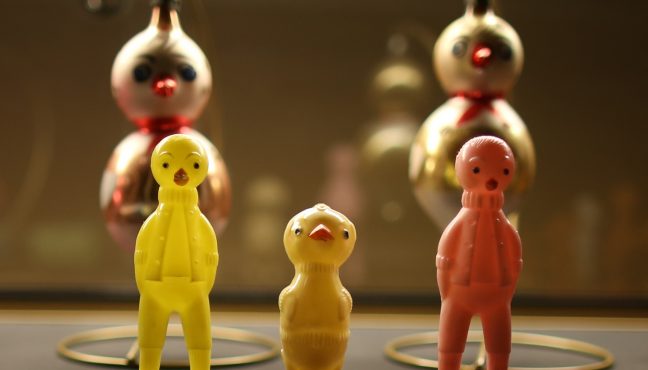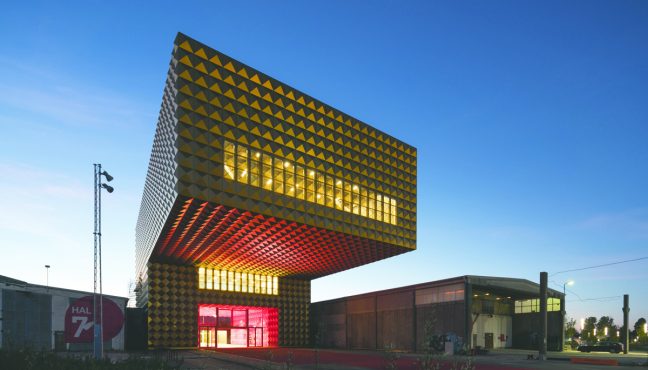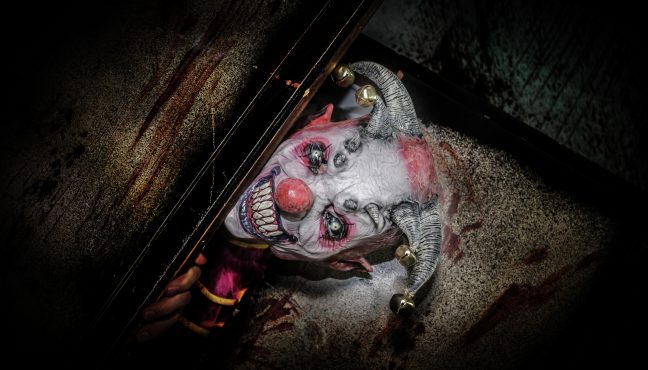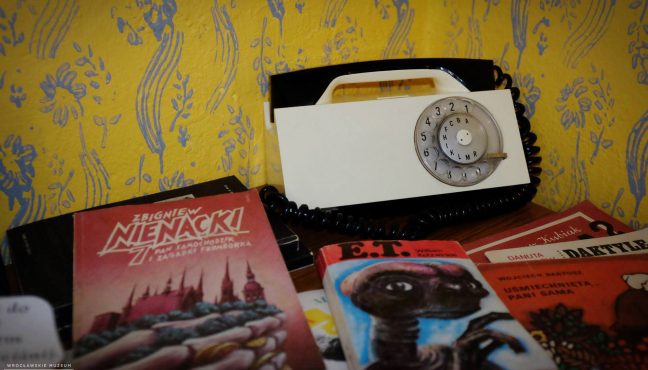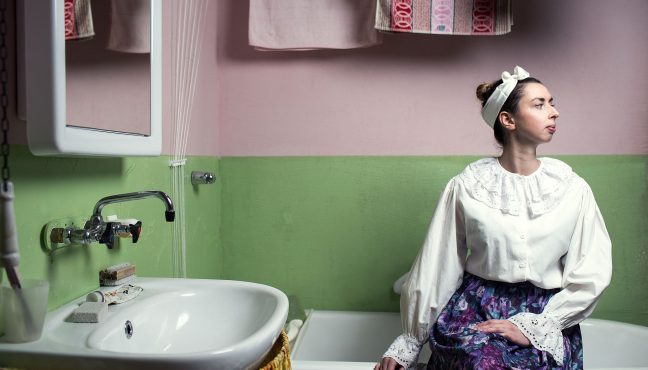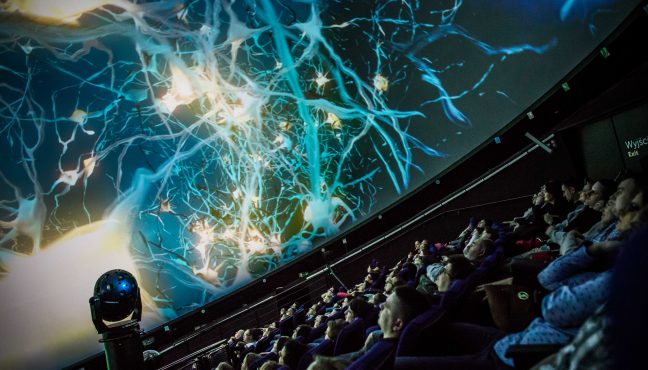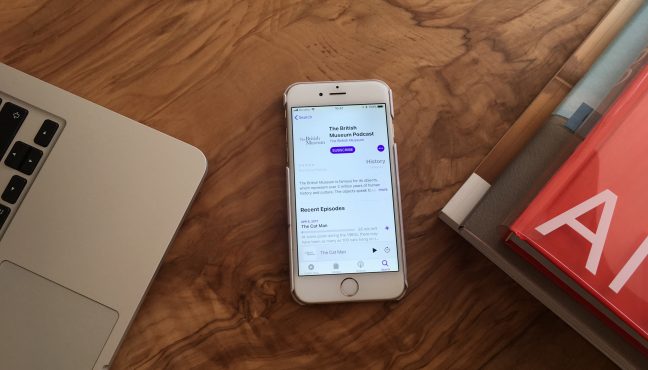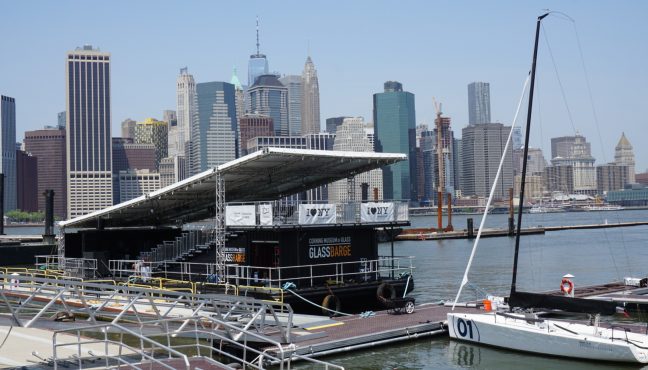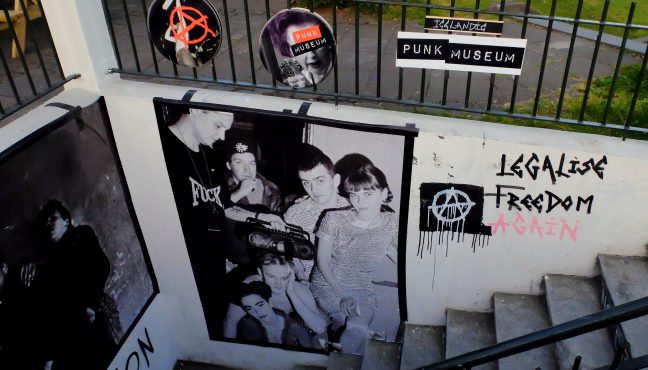Imagine yourself seeing an exhibition of a foreign artist whose cultural background is radically different from yours. The beauty of these differences lies in the idea of cultural and aesthetic exchange. But we bet most of us were baffled in front of an artwork unable to grasp and comprehend artists’ ideas and intentions. Can there be a universal language to talk about art? Should there be one? We found some answers to these questions in Vancouver, British Columbia, one of the most culturally diverse cities in North America. Indeed, Vancouver is a home to so many nations and cultures! It makes this place even more attractive and exceptional.
Museeum talked to Shaun Dacey, Curator of Contemporary Art Gallery, Vancouver, whose curatorial practice is very much reliant on pedagogy, public engagement and social practices. CAG (Contemporary Art Gallery) was established in 1971 with a focus on contemporary art presenting both local and international artists. Located in the downtown Vancouver, it has an expansive public program gathering various audiences. One of the remarkable things about CAG’s public programs – its guided multilingual tours.
Dacey comments: “CAG's audience ranges from the Vancouver art world (artists, curators, art students), tourists and our local community. Sometimes a conversation in the gallery with a visitor can sparks ideas of artists and exhibitions".
Engaging the audiences through learning programs and research resources is a part of CAG’s curatorial vision. The public program ranges from talks and workshops to artists residencies. If you visit gallery’s website you’d be thrilled! The events schedule is pretty impressive and the list of events is diverse.
"At the CAG we operate very much within a Kunsthalle model of public gallery. Within my role I oversee all learning and public programs alongside our artist residencies, offsite programs and exhibitions. I find this holistic and collaborative approach to curatorial practice really exciting. It offers me an opportunity to think beyond the traditional white cube within my practice, organizing expansive public projects, workshops, talks, connecting with artists in a plethora of ways and nurturing experimental artistic practice beyond simply an exhibition.”
Indeed, CAG seems to be an interesting space for that. It offers resources for art research, it hosts talks and discussion, organizes art residencies. First, it’s free! Secondly, it’s located in downtown. Apart from that, CAG has expanded its public program and launched multi-lingual tours. While the majority of galleries and museums has long practiced guided tours as a way to talk about art and make it more accessible, CAG’s focus on multi-lingual tour generates new audiences and bringing people together.
CAG offers tours in Mandarin, German, Korean, French and other languages, as well as guided tours with CAG Director Nigel Prince, downtown gallery tours and more. The tours take place on Saturday afternoons, rain or shine. Serving the interests of diverse audiences, these free guided visits seems to gather a lot of attention. The guides are well trained and experienced working with public. The tours are very informal and are very much like a discussions inviting visitors to get to know about the current show more and reflect on it outloud. This model of art education and curation based on the idea of dialogue between the art educator and curator and the audiences enriches the visit to the museum. It is not about simplifying the ideas behind the works of art but finding the common ground for a diversity of audiences to engage with it.
“Good contemporary art produces layered and complex dialogues engaging urgent social, cultural and political issues. The key word here is dialogue, everyone's opinion or perspective on a work is key to developing this conversation…” - Shaun Dacey
